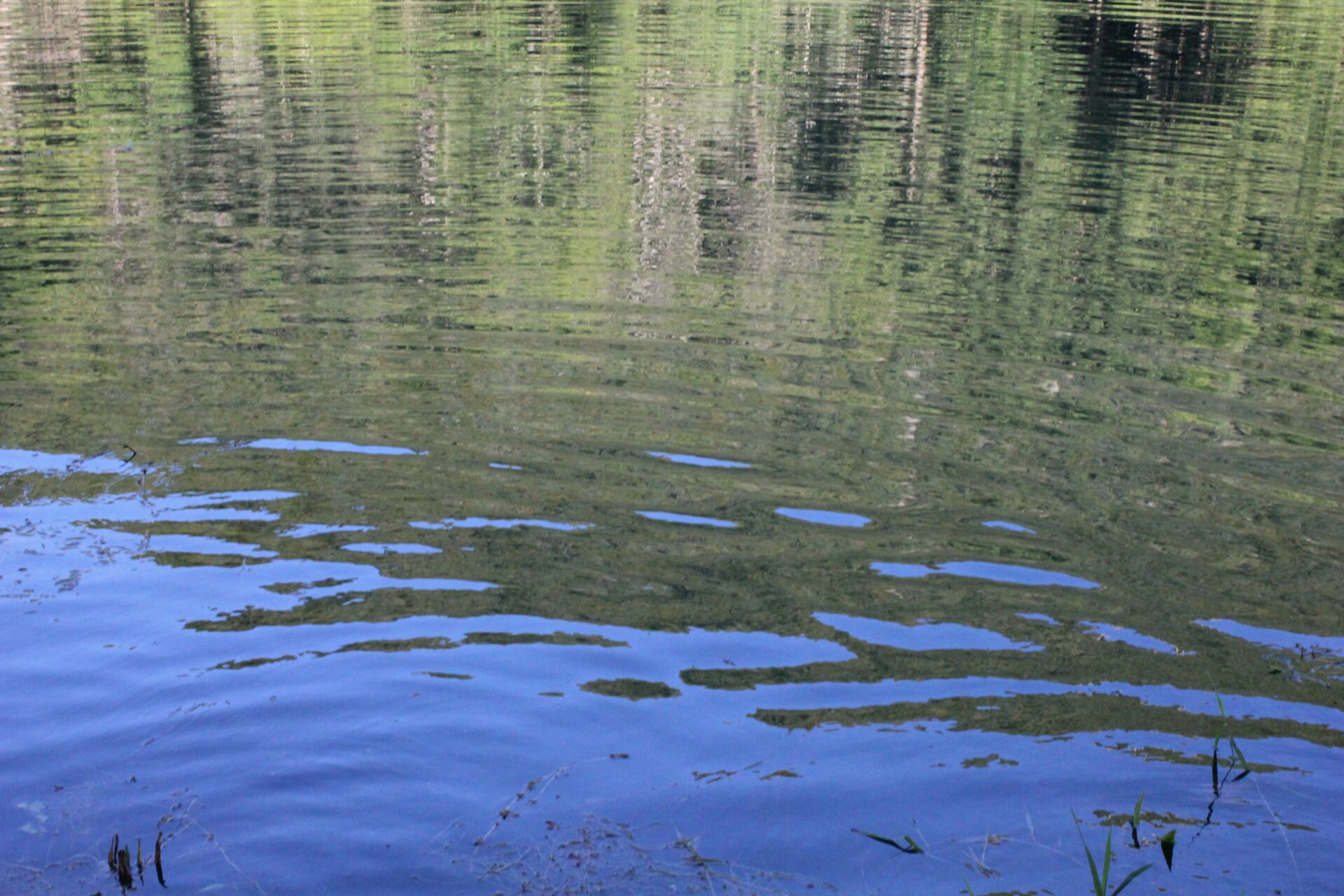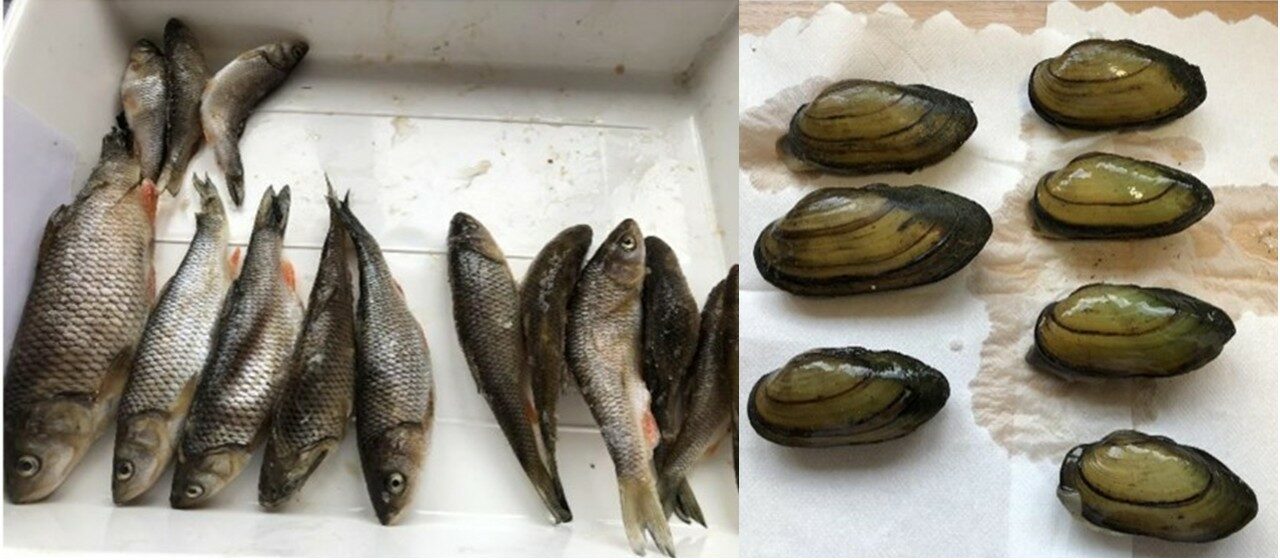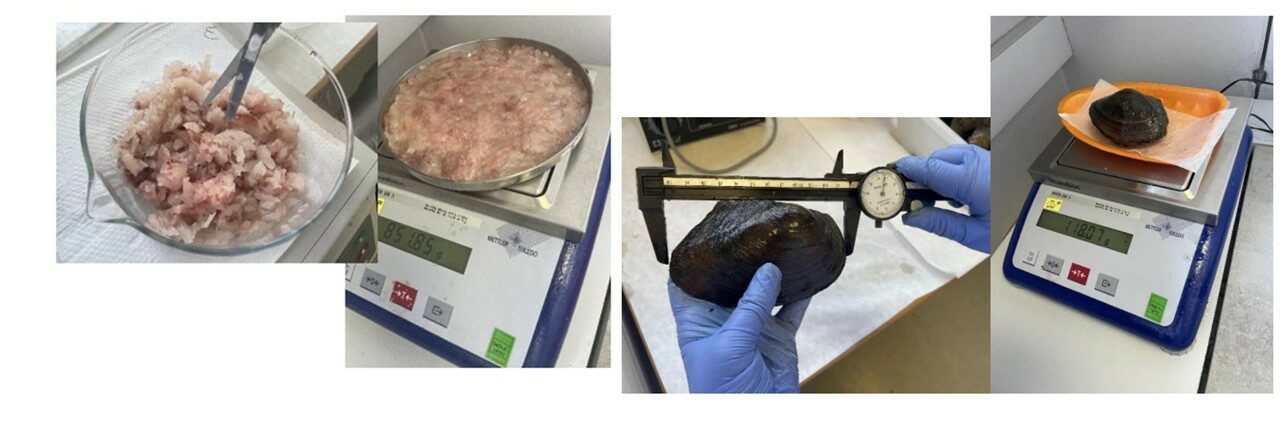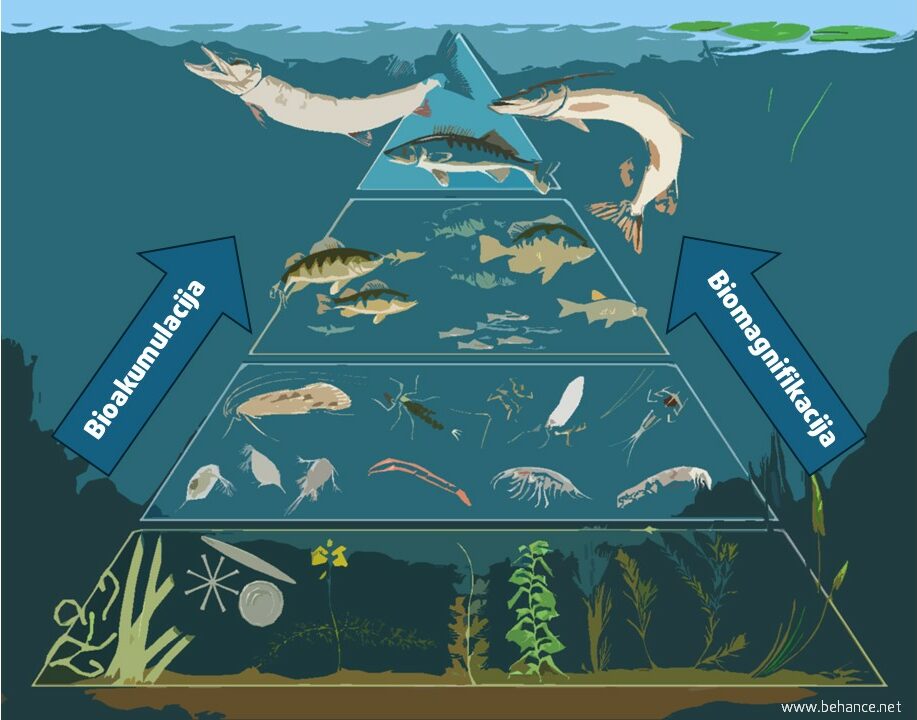The biota as a reflection of the chemical status of aquatic ecosystems


The Water Framework Directive is a fundamental regulation that monitors and ensures good ecological and chemical status in the European Union, including the Republic of Croatia. The chemical status of water is monitored and assessed primarily on the basis of priority substances. These are compounds whose harmful effects on the environment and thus on human health have been proven in numerous studies. A smaller number of priority substances that are monitored in water are also monitored in aquatic organisms. In this context, aquatic organisms are summarised under the term biota. Biota include both fish and invertebrates such as crustaceans and molluscs. Biota has proven to be an extremely important medium for assessing chemical status in order to protect freshwater and marine organisms as well as humans who frequently consume these organisms.
In particular, priority substances tested in water and biota often show significantly higher concentrations in biota. This is not surprising due to two phenomena — bioaccumulation and biomagnification. Although organisms have mechanisms to eliminate unwanted substances and products from their bodies, bioaccumulation occurs when the rate of accumulation exceeds the rate of elimination. Excretion takes place via the urinary system, which assumes that the compounds are water-soluble. However, toxic compounds are often fat-soluble, so they are more likely to be stored in the body’s fatty tissue. Toxic compounds enter the organism via the diet, whereby the accumulation of these compounds in organisms at lower trophic levels, such as algae or plankton, is lower than in organisms at higher trophic levels, such as fish. Higher trophic levels can consume a wider range of organisms and are also longer-lived compared to lower trophic levels. The longer the lifespan of an organism, the longer it is exposed to undesirable compounds.
On the other hand, biomagnification builds on bioaccumulation and indicates the increase in concentration of toxic compounds over time and at higher trophic levels. Toxic compounds that are characterised by their transferability between biological organisms via food and water, their low degradability into smaller compounds, their fat solubility and their long-lasting activity and stability can be biomagnified.
Based on these properties, priority substances are identified and assessed through systematic monitoring of their chemical status in biota. These include: the heavy metal mercury, organic pesticides (hexachlorobenzene, heptachlor, heptachlor epoxide, dicofol and tributyltin), industrial solvents (hexachlorobutadiene) and substances used in the semiconductor industry and in foam extinguishing (perfluorooctanoic acid), flame retardants (brominated diphenyl ethers and hexabromocyclododecane) as well as combustion and combustion products — dioxins and their compounds and polycyclic aromatic hydrocarbons (benzo(a)pyrene and fluoranthene). The analysis of fish tissues and, to a lesser extent, crustaceans and molluscs and the resulting assessment of the chemical status was carried out by the Ruđer Bošković Institute, the Faculty of Science of the University of Zagreb and Eurofins. The annual results to date can be found at this link. The results show that the indicators mercury and brominated diphenyl ethers are the most common reasons for not achieving good chemical status at the majority of monitoring stations for rivers, lakes, transitional and coastal waters. The photos are from the report on the systematic investigation of hazardous substances in biota from 2023.

Separate fish and shellfish samples for the analysis of priority substances.

Sample preparation for the analysis of priority substances.

Schematic representation of bioaccumulation and biomagnification along the food pyramid of a freshwater ecosystem.